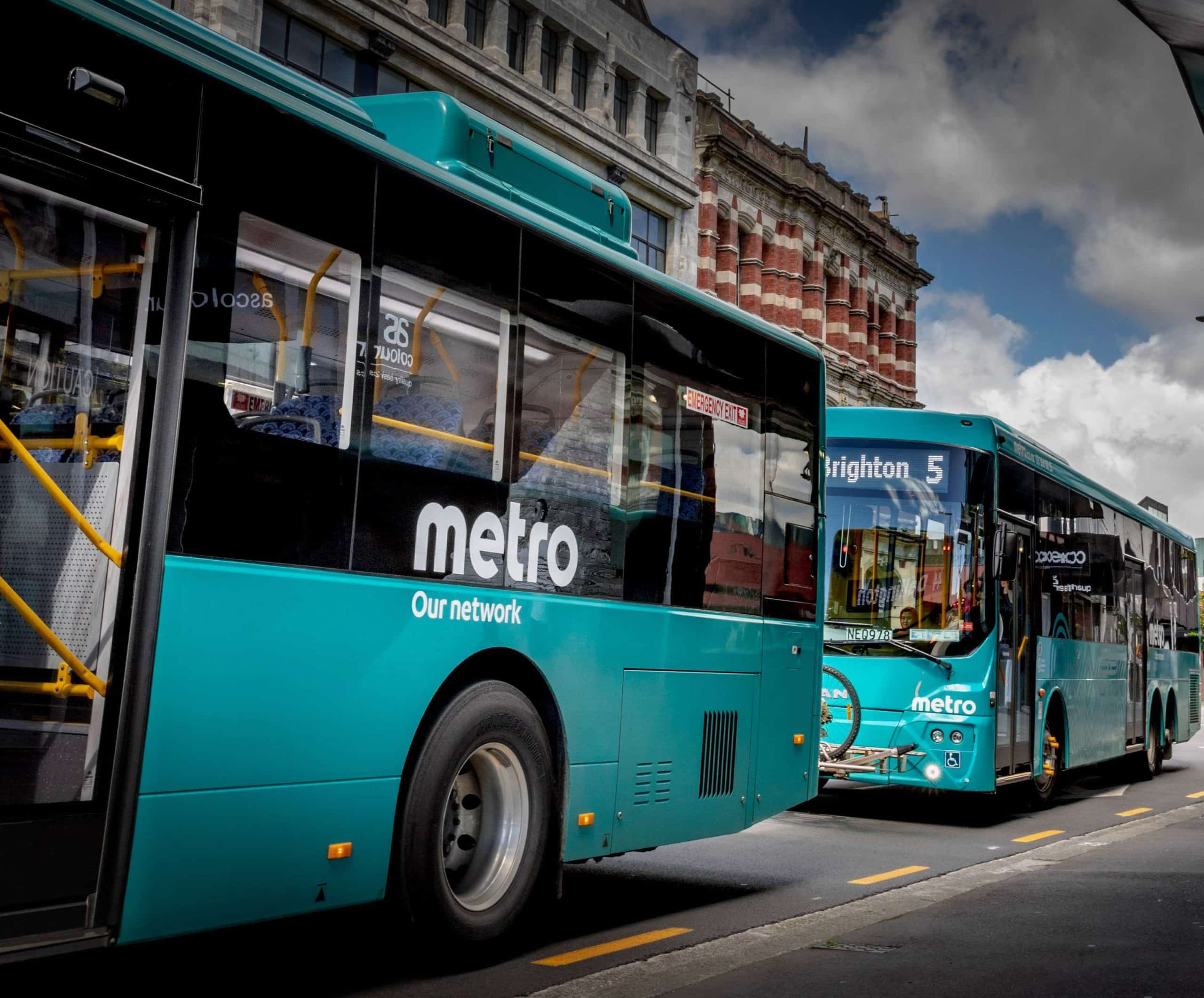
Article Highlights
Deep dive on state of California’s contracting process to line up suppliers of open-loop technology for transit agencies throughout the state. A number of well-known industry vendors that bid on two much-anticipated contracts from the state were disqualified last month, mostly for failing to meet strict administrative requirements, documents reveal.
Table: Facts about bidders for the state of California procurement
Table: Ranking of bidders awarded contracts
• Cal-ITP
• California Department of General Services
• Flowbird
• Scheid & Bachmann
• Access-IS
• Littlepay
• Vix
• Bytemark
• Masabi
• Kuba
• Enghouse
• SC Soft
A number of well-known industry vendors that bid on two much-anticipated contracts from the state of California to the supply open-loop payments technology to transit agencies statewide were disqualified last month, mostly for failing to meet strict administrative requirements, documents reveal.
















